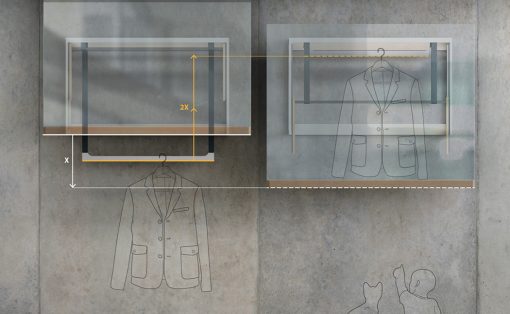
Folding smartphones are still a limited premium outside of China. Samsung probably is the only big seller. To give some competition to the mighty Galaxy Z Fold series, which is in its fourth edition already; Tecno has unveiled the Phantom V Fold at the Mobile World Congress (MWC) 2023 in Barcelona.
Foldable smartphones from Huawei, Motorola, OPPO et al have not really outpaced Samsung in the department. The South Korean electronics giant has thrived on its first mover advantage and has creased out anomalies that its initial foldable phones showed, to launch a better variant year after year.
Designer: Tecno


How much of a buzz will Tecno’s premium flagship foldable make in the 70-odd global markets the brand caters to; or more importantly, how many of these overseas markets will the Chinese OEM release the foldable variant in, is what remains to be seen. But for now, what we know is that the Phantom V Fold is here with an innovative design feature, which puts usability in the primary category.
By virtue of its marketing material, Phantom V Fold is the first left-right foldable smartphone. It is powered by a MediaTek Dimensity 9000+ processor; a flagship 4nm SoC promising smooth performance and low power consumption on a foldable smartphone.


Besides the Phantom V Fold, Tecno has debuted the Spark Pro 10 selfie phone and a refined Megabook S1 2023 laptop at the MWC. The Shenzhen-based smartphone maker has also released True 1 and Ultimate 1 TWS earbuds, a Wi-Fi router, a wireless security camera, and a few other smart home devices.


Tailored for the Gen Z, Spark Pro 10 arrives with advanced selfie capability for which the phone features a 32MP ultra-clear glowing front camera with dual flash. On the back, the phone has a 50MP solitary camera and is powered by a gaming-level MediaTek Helio G88 processor. Alongside this smartphone with a glow-up for selfies, Tecno has upgraded the Megabook S1 with a 13th-gen Intel Core processor. The 1.35kg laptop was launched initially in December 2022.


Coming back to the Phantom V Fold, the smartphone touts an interesting optics setup. The premium foldable smartphone rocks a penta-lens system: a trio on the back, and two on the front screen. The entire system, designed to make the photography experience exciting, is spearheaded by a 50MP main lens with a super light-sensitive custom sensor. We do not have information about the price and availability of the Tecno Phantom V Fold at the time of writing, but it wouldn’t be long now before we have official information rolling in.














